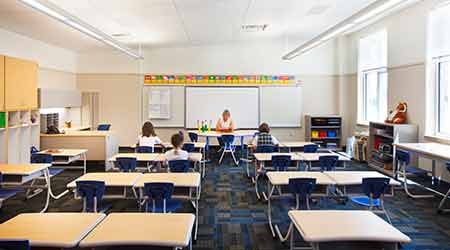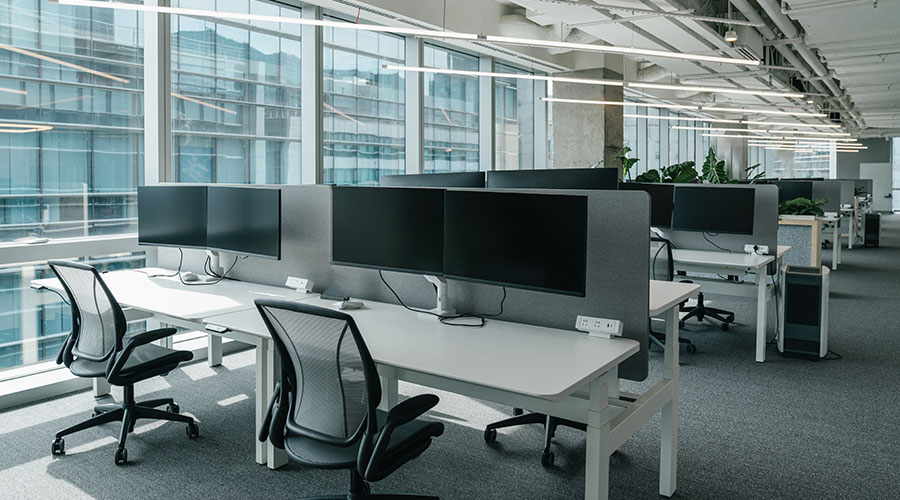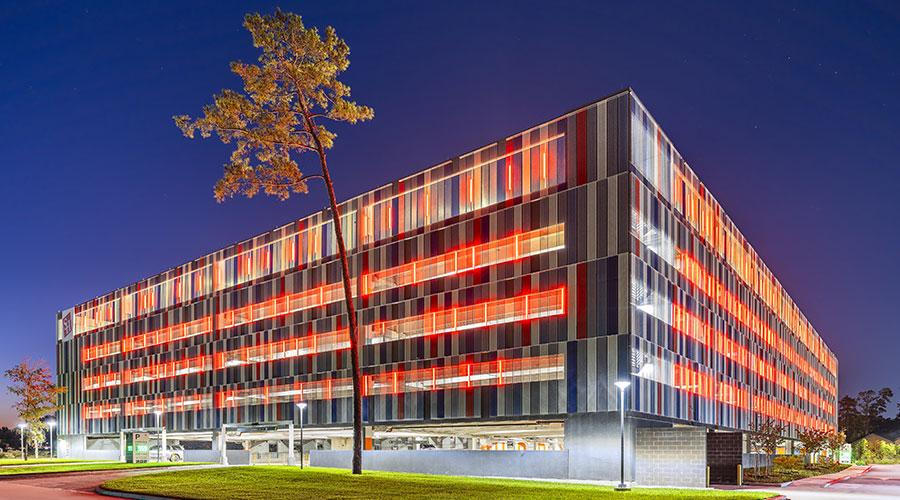LED Options Continue to Expand
Part three of a 4-part article on LED lighting
The initial lure of LEDs centered on performance life and reduced maintenance. But as technology improved, managers started to realize greater savings and expected even more from LED products.
Controls have emerged as an integral part of the LED experience. As the Internet of Things makes inroads into the maintenance and engineering profession, manufacturers are anticipating changing times and even better things for LEDs in the future.
“Connectivity, communications and systems will be the buzzwords in the LED world,” Ni says. “Individual lighting components such as LED tubes, luminaires, occupancy sensors, and daylight sensors will be connected as systems and become an integral part of building monitoring systems.
“These systems will not only provide smart control of lighting products but communications providing information about actual energy and cost savings and real time maintenance needs.”
Manufacturers offer a number of different answers when asked about future of LEDs:
“I think we’ll see an increasing interest around the interaction between lighting and productivity and well-being,” Dyson says. “Lighting and health aren’t separate, and we’re keen to keep an eye on that.”
“Future developments will include more personal device integration and to desktops, so that the user has a greater degree of control over their personal environment,” Foley says. “The Internet of Things will help integrate lighting into all building systems, including integrating for personal experience.”
“What I see happening the most is there will be gains in efficiency, but what I see happening is the way we traditionally look at fixtures has the capability of really changing,” Youngquist says. “The next big step is to allow the designers to have some fun with designing light fixtures in ways you haven’t really dreamed of before.”
“With improving LED efficacy and color, and through independent standards and performance standards from the U.S. Department of Energy, there is still another 40 percent increase in efficiency with LEDs possible over the next five to six years,” Duffy says.
“The way we install luminaires will change as we incorporate modularity into the designs themselves,” Veltri says. “This will allow for the incorporation of smaller footprint fixtures, which can be changed aesthetically as occupants change over time.”
Related Topics:















